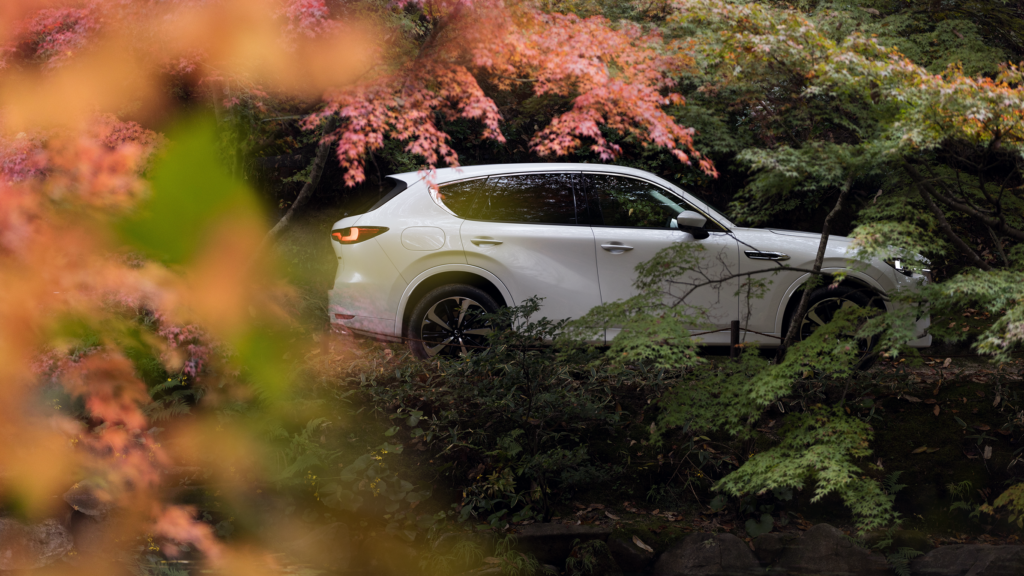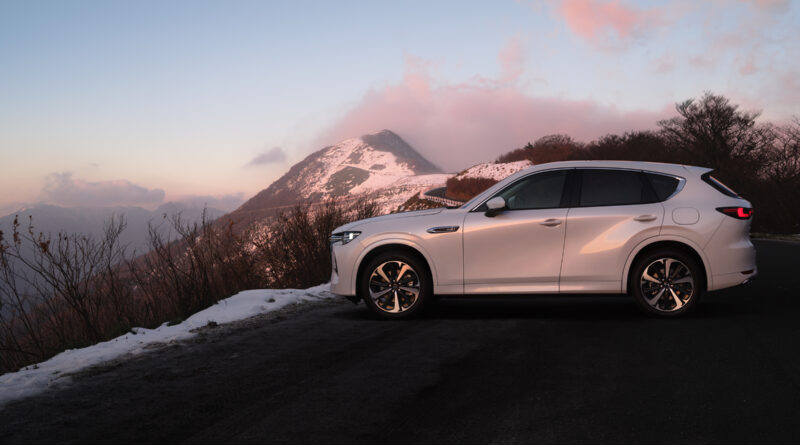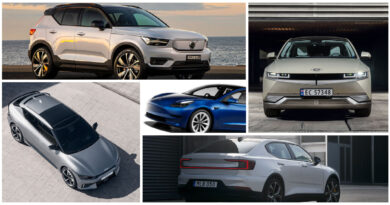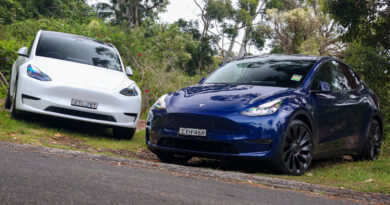CX-60 PHEV detailed ahead of Australian arrival; most powerful Mazda ever
Mazda has unveiled its first plug-in hybrid electric vehicle, the CX-60 – and it’s coming to Australia as the brand’s most powerful road car ever.
The all-new Mazda CX-60 represents a new era for the Japanese car maker as it looks to play in the growing space between mainstream and luxury brands with an SUV that straddles the mid-sized and large categories while focusing on driving excitement.
Key to the CX-60’s driving appeal is a new architecture that aligns the engine north-south under the bonnet, with an emphasis on rear-wheel drive, rather than the east-west layout typical of front-drive models that dominate the SUV market.
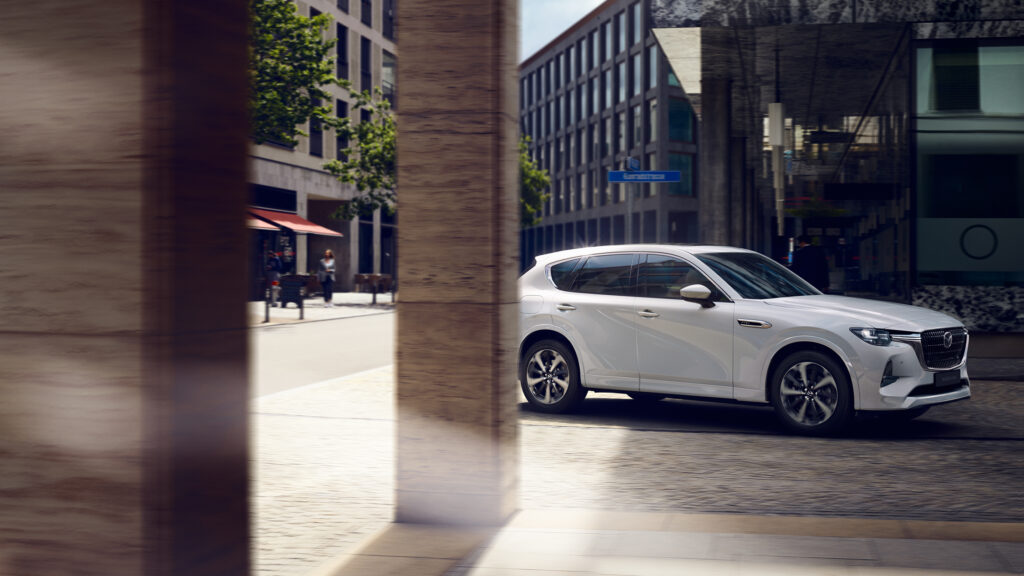
That places the CX-60 closer in its DNA to European rivals such as the BMW X3, Mercedes-Benz GLC and Porsche Macan.
READ MORE: The next Mazda MX-5 will be electrifying
READ MORE: Mazda MX-30 rotary range extender still on target for 2022
READ MORE: Mazda all in on EVs – 13 new models by 2025
It also gives a more aggressive stance, with a longer bonnet accentuated by vents on the front guards.
The second electrified model in the range behind the MX-30, Mazda says the CX-60 “represents everything that Mazda has built into its DNA over the last 100 years”. It’s due on sale in Australia later in 2022.
It also comes with a trio of new drivetrains, although it’s not yet known which ones will launch with the car this year.

To be offered with new inline six-cylinder engines – a 3.0-litre petrol and a 3.3-litre turbo diesel, each with a 48V mild hybrid system – it’s the plug-in hybrid that promises to broaden the appeal of the mid-sized SUV.
The PHEV uses Mazda’s familiar 2.5-litre four-cylinder petrol engine making 141kW and 261Nm and driving through an eight-speed automatic.
It’s mated to a 100kW/250Nm electric motor.
Combined, the petrol engine and electric motor make 241kW and 500Nm, enough for a 0-100km/h dash in 5.8 seconds. It’s also the most powerful road car Mazda has ever produced, albeit with a nuggety kerb weight of almost two tonnes.
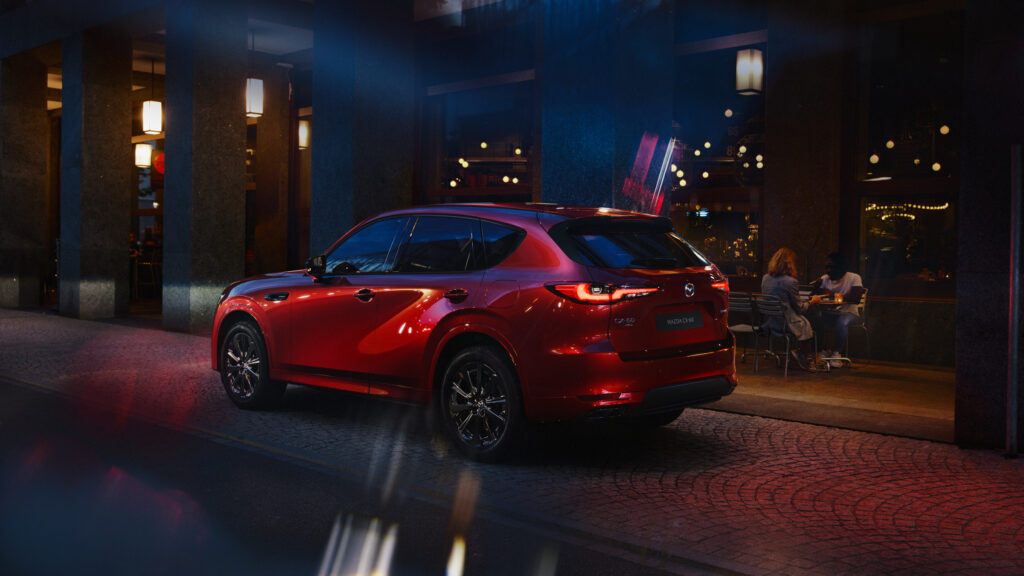
In PHEV guise the CX-60 incorporates a permanent all-wheel drive system.
Fuel use is claimed as being as low as 1.5 litres per 100km, although like all PHEVs there’s a big asterix attached to it that depends on how the car is driven.
In EV-only model the CX-60 PHEV utilises a 17.8kWh battery pack that’s claimed to deliver 63km of range when riding on 18-inch tyres or 60km on 20-inch rubber.
There’s no DC fast charging with AC charging claimed to take four hours, suggesting a maximum charging rate of about 4kW. Charging from a regular powerpoint would likely take around 7.5 hours.
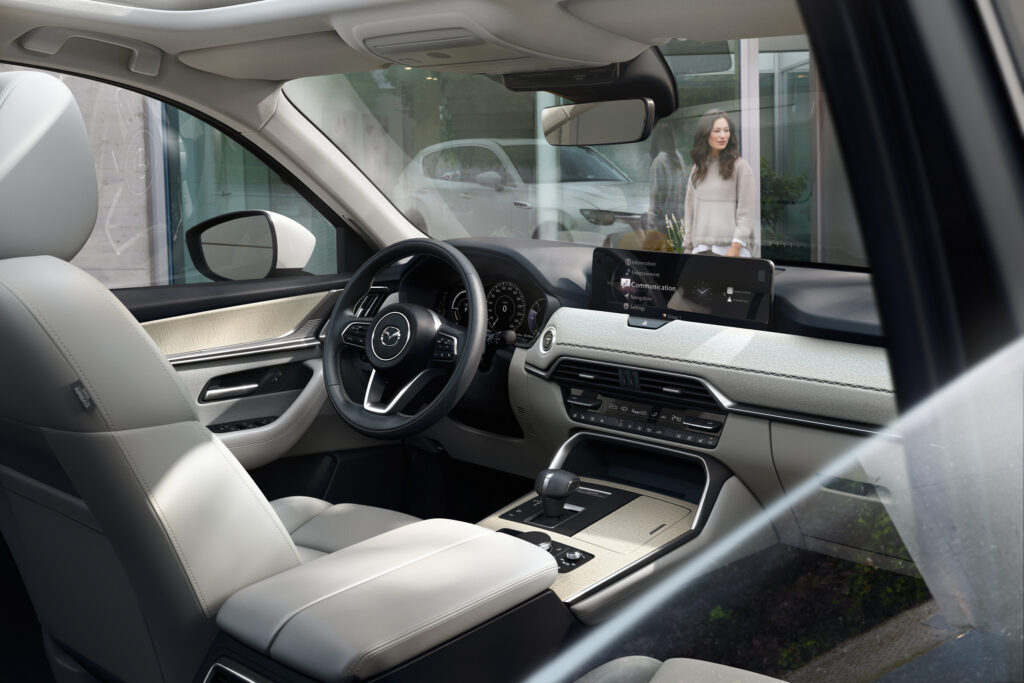
Measuring 4745mm long, 1890mm wide and 1680mm high, the CX-60 is 170mm longer, 45mm wider and 5mm taller than a CX-5. It’s 55mm shorter and 40mm lower than a CX-8, although is 45mm wider.
As for CX-60 PHEV pricing, there are no indications yet, although it’s safe to assume it’ll sit well above the CX-5 (the 60 is a bigger car with more powerful engines), which sells from $32,190 to $53,680 before on-road costs.
It would also need to undercut the luxury PHEVs of a similar size; the BMW X3 xDrive 30e sells from $101,971 plus on-road costs, the Lexus NX450h+ from $89,900 and the Mercedes-Benz GLC300e sells from $95,700.
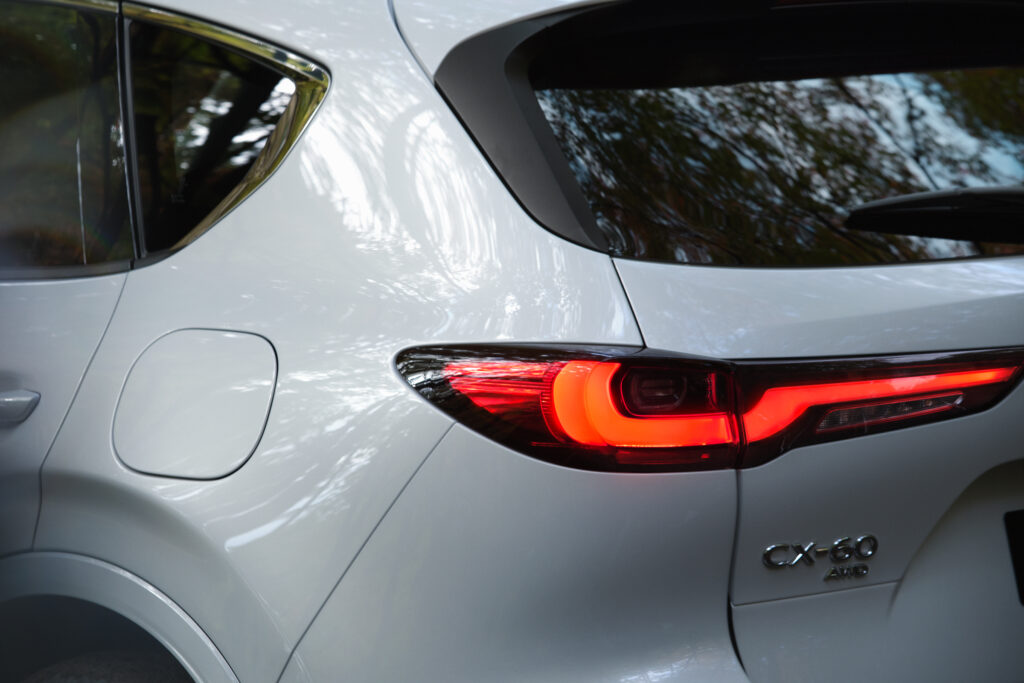
That said, in the UK the CX-60’s starting price of £43,950 isn’t far off that of those luxury brands.
Our best guesses are that the CX-60 will start at somewhere around $60,000 with the PHEV sliding in at around $75-80K.
While it offers the unlimited range of a PHEV, the CX-60 plug-in will also in some ways be competing with battery electric SUVs including the upcoming Tesla Model Y.
Given PHEVs typically sell a fraction of the number of battery electric vehicles in Australia, the CX-60 PHEV is likely to be a niche proposition.
READ MORE: 2021 EV sales figures: Tesla blitzes the competition
But it’s an important step in Mazda’s electric journey.
The Japanese car maker has promised a family of new EVs and hybrids over coming years.
